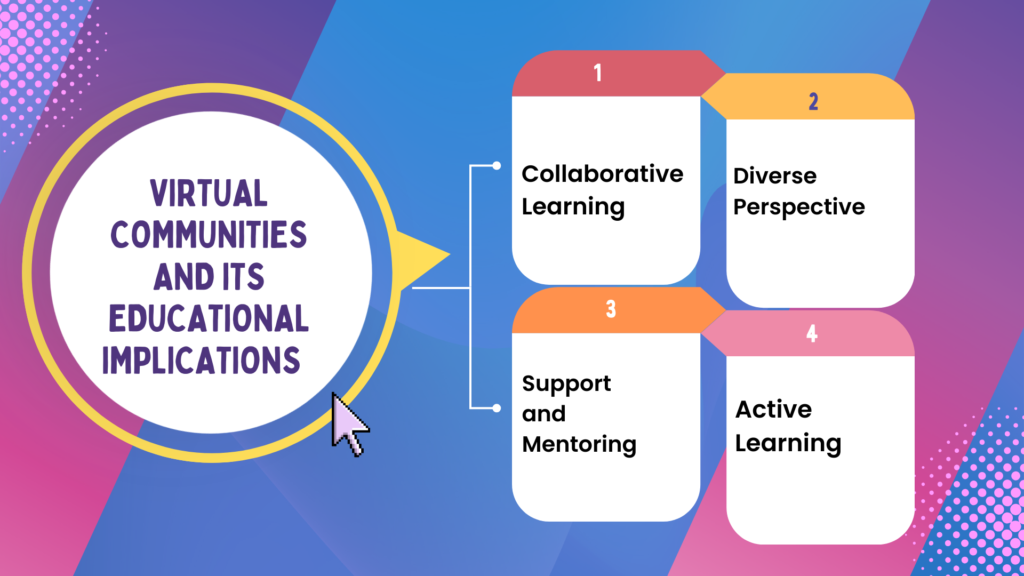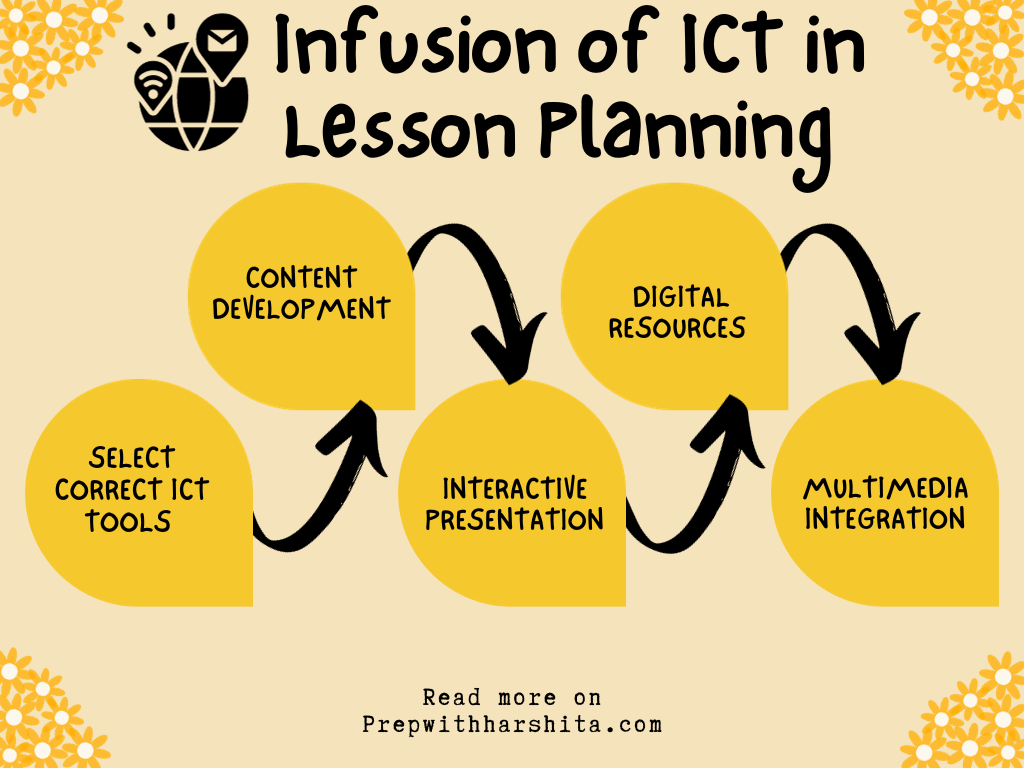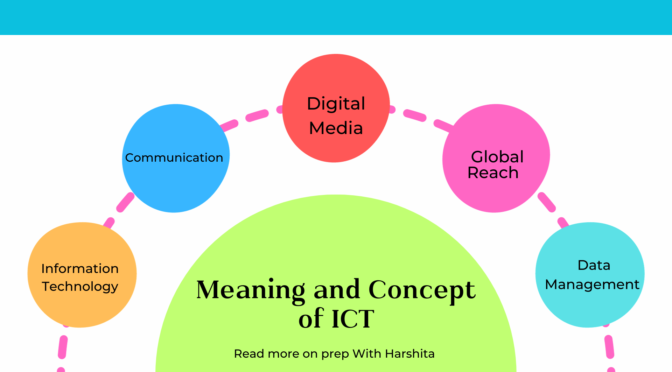Plagiarism and fair use are two concepts related to the use of intellectual property, particularly in the context of written or creative works.
Let’s explore each term:
Plagiarism:
Plagiarism is the act of presenting someone else’s ideas, words, or work as your own without giving them proper credit. It involves using someone else’s intellectual property without permission and without providing proper attribution.
Examples:
Copying and pasting text from a source without quotation marks or citation, submitting someone else’s work as your own, and paraphrasing without proper attribution are all examples of plagiarism.
To avoid plagiarism, it is important to give credit to the original source through proper citation and referencing. Different academic and professional settings may have specific guidelines on how to properly cite sources.
Fair Use
Fair use is a legal doctrine that allows the use of copyrighted material under certain circumstances without the need for permission from or payment to the copyright holder. It is a provision in copyright law that balances the rights of the copyright owner with the public interest in the free exchange of ideas and information.
Factors Considered in Fair Use:
- Purpose: The purpose of the use, such as whether it is for educational, commercial, or nonprofit purposes.
- Nature: The nature of the copyrighted work, with some types of works more likely to be eligible for fair use.
- Amount: The amount and substantiality of the portion used in relation to the whole copyrighted work.
- Effect: The effect of the use on the market value of the original work.
It’s important to note that fair use is a complex and context-dependent legal doctrine, and what constitutes fair use can vary based on specific circumstances. It is often applied in situations such as criticism, commentary, news reporting, teaching, scholarship, and research.
Also Read: Scope and Challenges of Online learning teaching
Also Visit : Prep with Harshita


